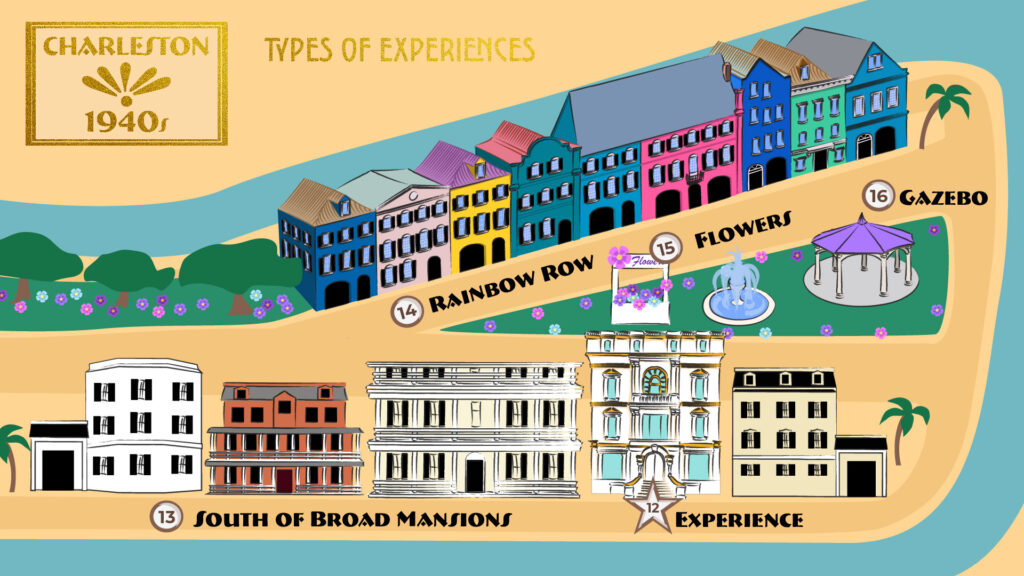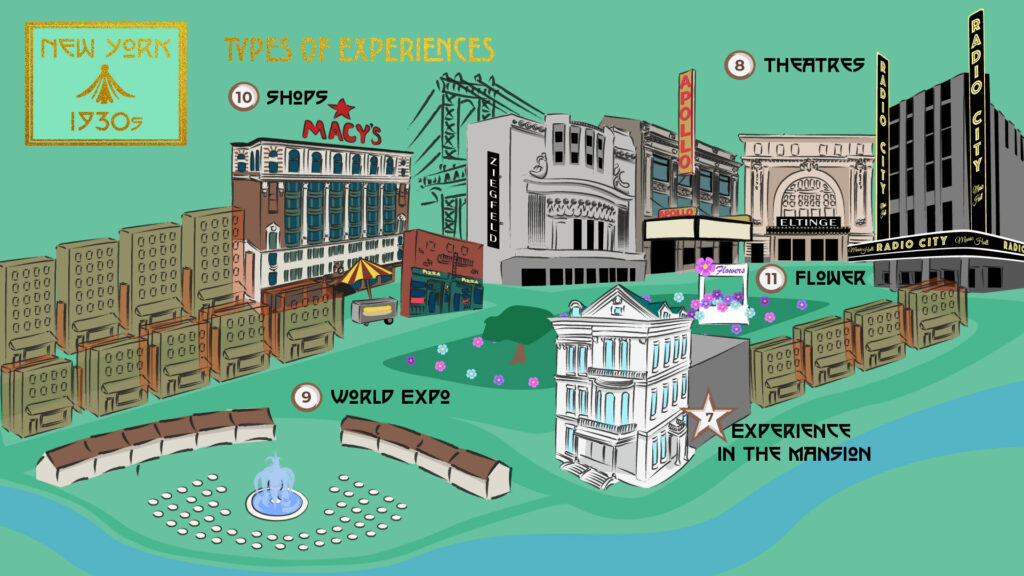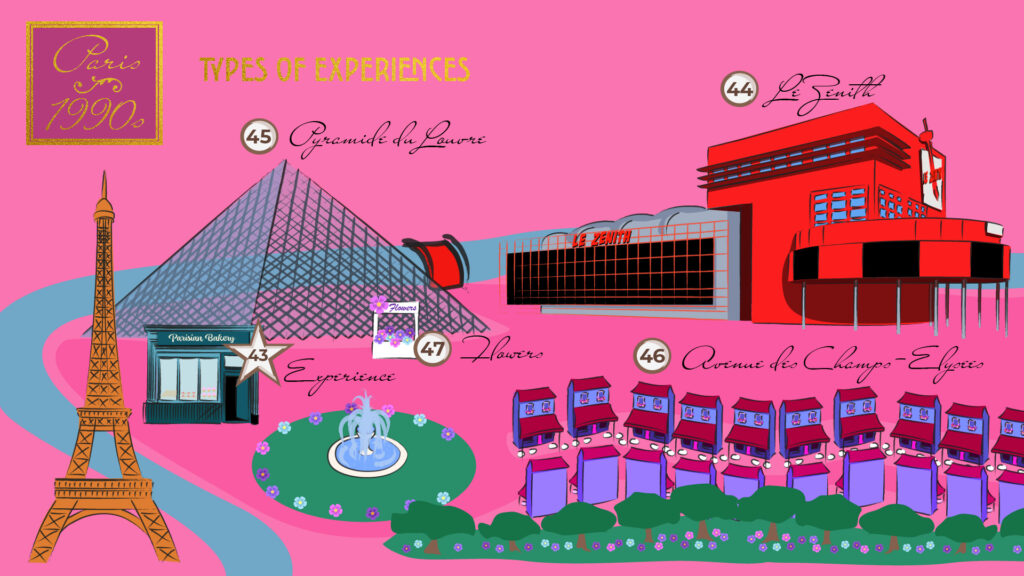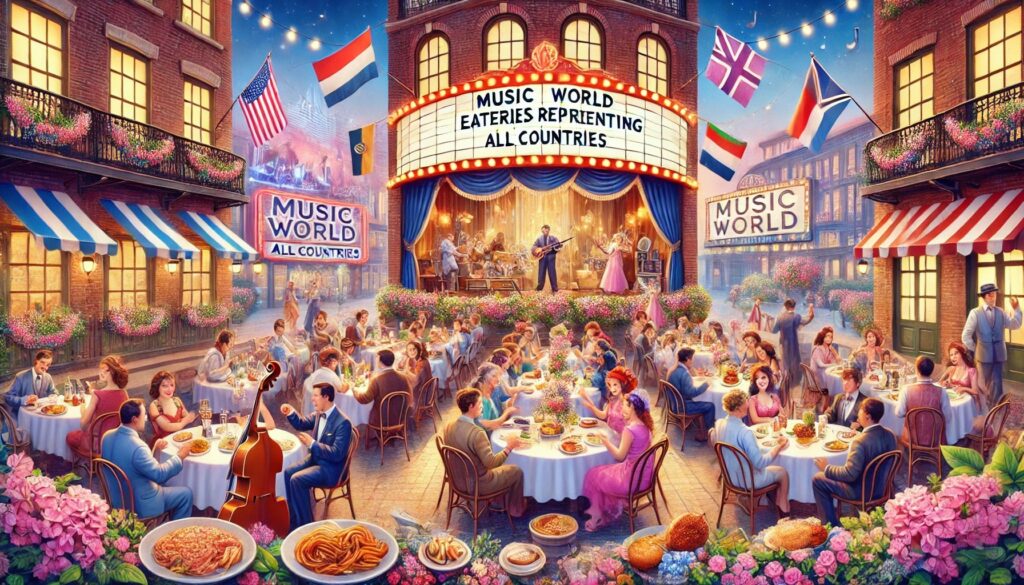Building and operating Music World, a groundbreaking destination where music, time travel, and immersive experiences converge, comes with its own set of challenges. However, through careful planning and the implementation of robust risk mitigation strategies, we are committed to ensuring both the smooth development and seamless operation of this ambitious project.
Identifying Risks and Planning Ahead
We understand that a project of this magnitude requires comprehensive risk management. From the initial stages of planning and construction to the operational phase, we have identified key areas where challenges could arise and have put measures in place to address them.
Development Risks and Mitigation Strategies
- Permitting and Regulatory Delays:
Risk: Securing entitlements and permits can be a lengthy and complex process.
Mitigation: We have a dedicated senior construction team working closely with legal and regulatory experts to ensure all paperwork is submitted on time and in compliance with local and national regulations. By starting this process early in the development timeline, we are minimizing the risk of delays. - Budget Overruns:
Risk: Large-scale projects often face the challenge of exceeding budgets due to unforeseen costs.
Mitigation: Our detailed Requests for Proposals (RFPs) include clearly defined budgets and expectations. We have also implemented a robust cost-monitoring system, ensuring that all expenditures are tracked and controlled. Additionally, we maintain contingency funds to address any unexpected expenses. - Construction Delays:
Risk: Weather, labor shortages, or supply chain disruptions could delay the construction timeline.
Mitigation: We have partnered with experienced general contractors and subcontractors who are skilled in managing large-scale projects. Our phased construction plan, with key milestones for each stage—entitlements and planning (Years 1 and 2), land improvements (Year 3), and vertical development (Year 4)—allows us to closely monitor progress and adjust timelines if necessary. - Sustainability Challenges:
Risk: Incorporating advanced eco-friendly technologies and practices may present implementation challenges.
Mitigation: We have partnered with experts in renewable energy and sustainable construction to integrate solutions like solar farms, waste-to-energy systems, and 3D-printed buildings. Regular reviews and consultations ensure these systems are implemented effectively.
Operational Risks and Mitigation Strategies
- Guest Experience Challenges:
Risk: Operational inefficiencies could lead to long wait times, crowding, or dissatisfaction.
Mitigation: We will leverage advanced technology, including a dedicated mobile app, to manage guest flow, provide real-time updates, and offer seamless navigation. Additionally, our in-house management approach ensures we can adapt quickly to feedback and implement changes as needed. - Staffing Issues:
Risk: Recruiting and retaining a highly skilled team could pose challenges.
Mitigation: We will invest in comprehensive training programs for our staff, referred to as Captains, ensuring they are well-prepared to deliver exceptional guest experiences. We will also focus on creating a positive workplace culture to attract and retain top talent. - System Failures:
Risk: Technical or system failures could disrupt operations.
Mitigation: Redundant systems and backup plans will be in place for all critical operations, from ticketing to energy systems. Regular maintenance and testing will minimize the risk of unexpected failures. - Sustainability in Operations:
Risk: Maintaining eco-friendly operations over time could require continuous effort.
Mitigation: We will establish a dedicated sustainability team to monitor and optimize energy use, waste management, and resource efficiency. Regular audits and updates to our systems will ensure long-term success.
Building Resilience into Every Stage
Our risk management strategy is built on resilience and adaptability. By taking a proactive approach to identifying potential challenges, we can implement solutions before problems arise. This ensures that Music World remains on track for its projected opening on January 1, 2029, and delivers an exceptional experience for every guest.
The Role of In-House Management
One of the key factors in our ability to mitigate risks is our decision to manage Music World entirely in-house. This approach allows us to maintain full control over operations, from construction to daily guest experiences. By keeping everything under one roof, we can ensure consistency, quality, and quick decision-making.
A Vision for the Future
Managing risks is not just about preventing problems—it’s about building a foundation for long-term success. With robust plans in place, we are confident that Music World will not only open on time but also operate smoothly for years to come. Guests will enjoy an experience that is warm, entertaining, educational, and unforgettable, thanks to the dedication and careful planning of our team.
At Music World, we don’t just anticipate challenges—we embrace the opportunity to overcome them. Our commitment to excellence and resilience ensures that we are ready to face any obstacle and deliver on our promise to create a destination like no other.







